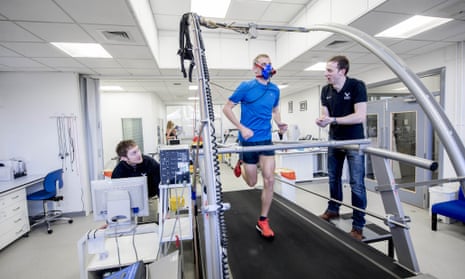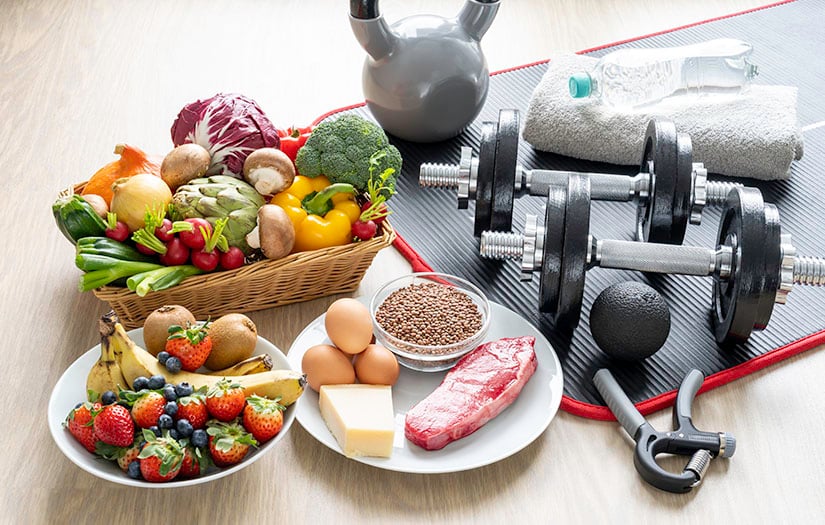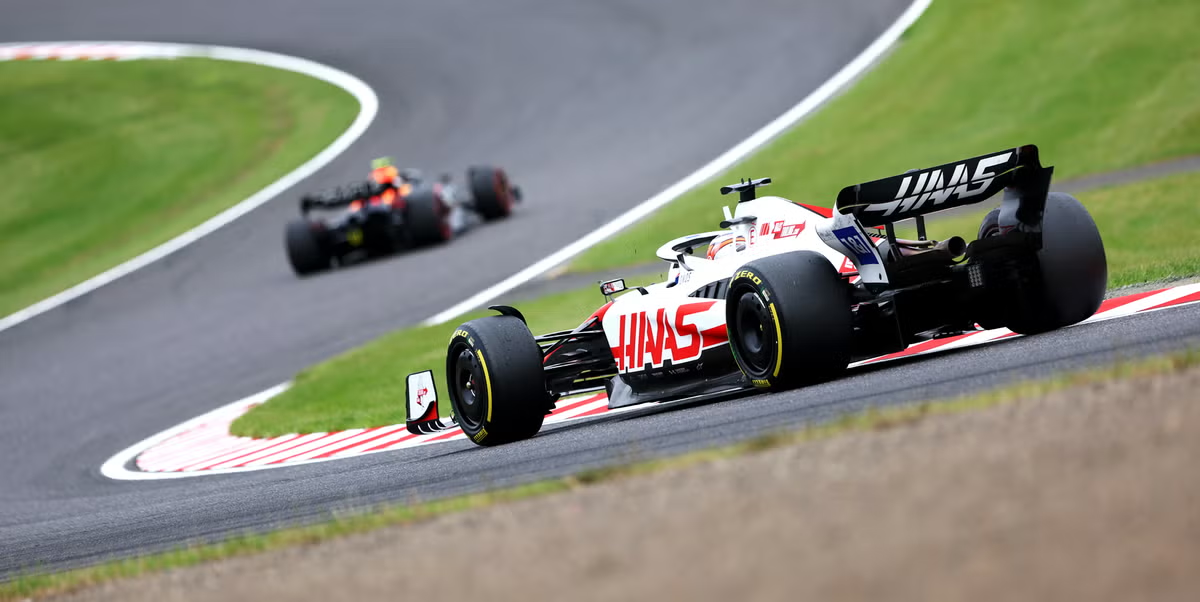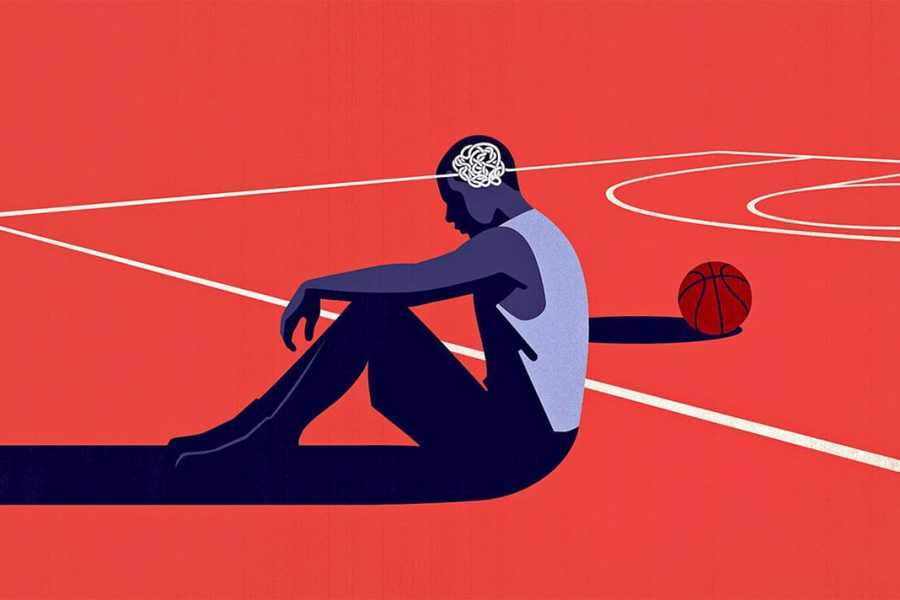Athlete Nutrition and Training: What It Takes to Compete at the Top.

Behind every world-class performance lies a carefully crafted foundation of nutrition, training, and recovery. Elite athletes don’t just rely on talent—they follow meticulously structured routines that support peak physical and mental performance. Whether it’s sprinting a hundred meters, finishing a triathlon, or dominating a basketball court, the journey to the top is built on discipline, science, and strategy.
This article dives into the key elements of athlete nutrition and training, revealing what it truly takes to compete—and stay—at the highest levels of sport.
1. The Foundation: Nutrition as Fuel
Nutrition is the cornerstone of athletic performance. Unlike casual exercisers, elite athletes need to fuel intense physical activity, support rapid recovery, and maintain lean muscle mass while avoiding injury or illness.
Key Nutritional Priorities:
- Macronutrient balance: Proteins for muscle repair, carbohydrates for energy, and fats for endurance and hormone regulation.
- Micronutrients: Vitamins and minerals like iron, calcium, magnesium, and B-complex are essential for energy metabolism and muscle function.
- Hydration: Even slight dehydration can impair performance. Elite athletes monitor fluid intake closely, especially during competition.
- Meal timing: Pre- and post-workout meals are critical. Carbs before fuel performance; protein after supports recovery.
Example: A professional marathoner might consume 60–90 grams of carbohydrates per hour during a race to avoid "hitting the wall."
2. Customized Training Plans
No two athletes train the same. Top-tier training programs are personalized, data-driven, and periodized—designed around the athlete's season, goals, and physical condition.
Core Components of Elite Training:
- Strength and conditioning: Builds power, stability, and injury resistance. Often includes Olympic lifts, plyometrics, and resistance work.
- Sport-specific drills: Improve technical skills under realistic game or race conditions.
- Endurance and cardio: Varies by sport—intervals for sprinters, long runs or swims for endurance athletes.
- Flexibility and mobility: Critical for injury prevention and longevity. Incorporates dynamic warm-ups and active recovery methods like yoga or stretching.
- Recovery protocols: Deload weeks, rest days, massage therapy, and cold immersion help maintain long-term performance.
Elite athletes often train multiple times a day, sometimes up to 6–8 hours total, depending on the discipline.
3. Recovery: The Hidden Key to Longevity
Training is only effective when the body has time to adapt and recover. Recovery is where progress happens—it’s when muscle tissue repairs, the nervous system resets, and performance gains are solidified.
Top Recovery Methods:
- Sleep: 8–10 hours a night, with naps as needed, is considered essential for top athletes.
- Active recovery: Light activities like swimming, walking, or cycling to improve circulation without stressing the body.
- Therapies: Cryotherapy, contrast baths, massage, and compression garments reduce inflammation and accelerate healing.
- Mental recovery: Meditation, visualization, and mindfulness help manage stress and improve focus under pressure.
Without proper recovery, athletes face burnout, fatigue, and increased risk of overtraining syndrome.
4. The Role of Sports Science and Technology

Elite performance today is guided by science and data. Sports technology plays a crucial role in optimizing both training and nutrition.
- Wearables: Track heart rate, sleep, exertion, and recovery metrics in real time.
- Force plates and motion analysis: Help fine-tune movement mechanics and prevent injuries.
- Nutrition tracking apps: Monitor daily macro/micronutrient intake and hydration status.
- Blood testing and metabolic profiling: Reveal deficiencies or imbalances that could affect performance.
These tools allow coaches and athletes to adjust plans instantly, ensuring every decision is supported by data.
5. The Mental Side of Training
Physical prowess means little without mental fortitude. Top athletes work closely with mental performance coaches to cultivate focus, resilience, and competitive drive.
Mental Training Techniques Include:
- Visualization: Rehearsing race strategies or routines mentally to enhance neural priming.
- Goal setting: Clear short-term and long-term objectives keep motivation high.
- Breathing exercises: Manage nerves and improve concentration in high-stress environments.
- Journaling: Reflecting on progress, setbacks, and emotions to stay mentally sharp and self-aware.
Mental strength is often the difference between good and great—especially in high-stakes competitions.
6. Nutrition and Training Across Sports

While core principles remain, training and nutrition strategies vary widely depending on the demands of the sport:
- Endurance athletes (e.g., triathletes, marathoners) focus on high-carb diets, long sessions, and gut training for fuel absorption.
- Strength athletes (e.g., powerlifters, football players) emphasize protein intake, explosive training, and periodized lifting cycles.
- Team sport athletes (e.g., soccer, basketball) balance agility drills, strength, and aerobic capacity alongside strategic nutrition for recovery during long seasons.
Each discipline requires a different balance of nutrients, movement patterns, and rest cycles tailored to its unique energy demands.
7. The Role of Support Teams
Elite athletes rarely work alone. They are supported by a team of specialists, including:
- Strength and conditioning coaches
- Sports dietitians and performance nutritionists
- Physiotherapists and athletic trainers
- Psychologists or mental performance coaches
- Doctors and recovery specialists
This multidisciplinary approach ensures that every aspect of performance is monitored and optimized.
8. Challenges and Risks
High-level competition comes with risks, especially if nutrition or training are mismanaged:
- Overtraining syndrome: Fatigue, declining performance, and mental burnout from chronic stress.
- Eating disorders: Common in sports emphasizing aesthetics or weight classes.
- Injury: Overuse injuries due to training errors or lack of proper recovery.
It’s vital for athletes and coaches to promote balance, self-awareness, and ongoing education to mitigate these risks.
Conclusion: Excellence Built Daily
Elite performance isn’t magic—it’s the result of countless hours spent training, recovering, and making smart, consistent choices about what to eat and how to move. At the highest levels, every decision matters. Every gram of food, every minute of sleep, every training session is part of a calculated journey toward greatness.
For athletes aspiring to reach the top—and for anyone inspired by their dedication—understanding the science behind nutrition and training is key. Because behind every record broken and every medal won is a lifestyle built on purpose, precision, and passion.




